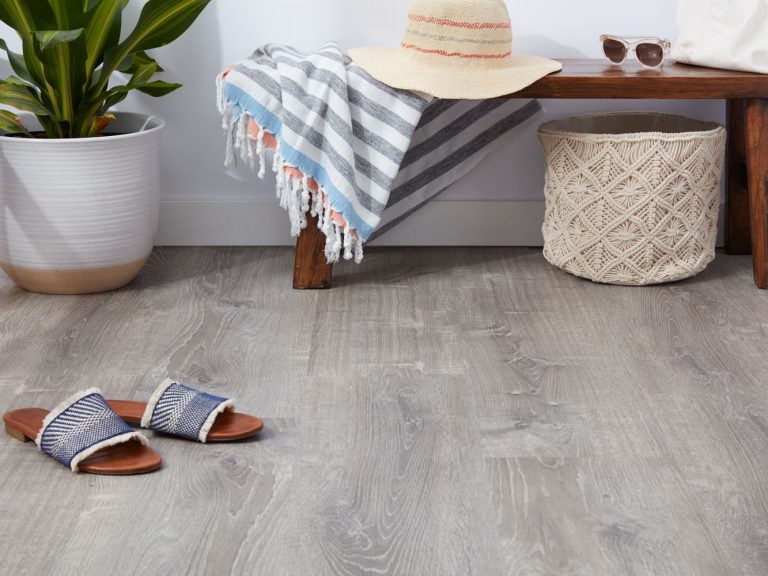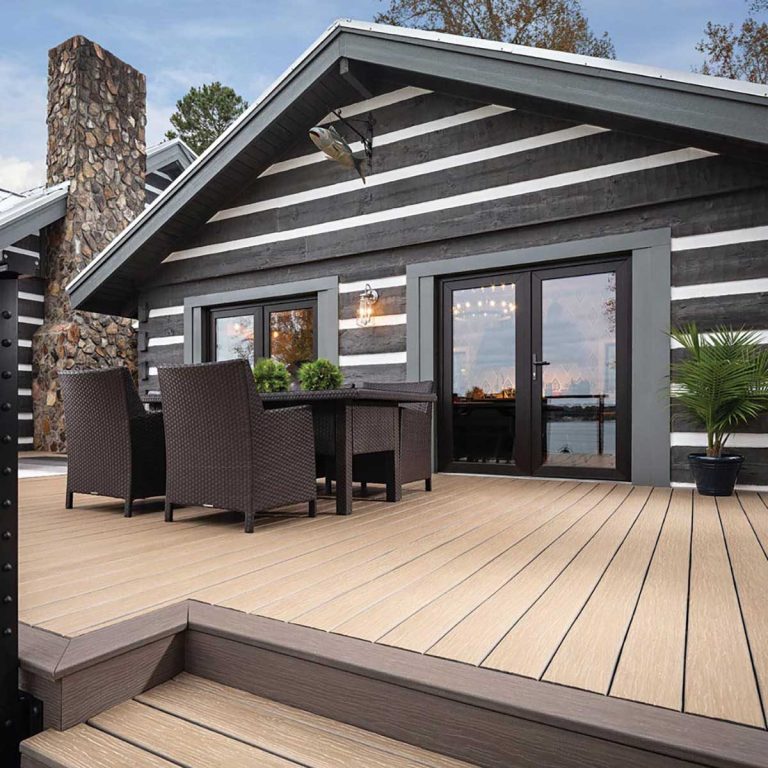Preparing Ground for Artificial Turf – How to Get Started?
Preparing ground for artificial turf takes some time and effort. You will also require a few supplies and equipment to complete the job successfully.
Furthermore, before beginning your artificial grass installation, you must do your homework and plan your ground.
This is how you do it:
Step 1: Select the location where artificial turf will be installed. Set the boundaries for your synthetic grass by measuring the ground.
Step 2: Before installing artificial grass on the ground, you must make room for a new base. To do so, dig 3-4 inches below the surface of the soil and remove any existing plants you don’t want.
Remember: To prevent slumping, let the ground dry out if it is wet before you begin digging.
Step 3: Lay the grass over well-draining soil to ensure that the synthetic turf absorbs water and that the granules have a strong drainage layer.
If there isn’t a drain close to the garden, make a drainage system before moving forward with the installation. For example, if the ground has light precipitation, leave a small drainage gap every 15 cm around the perimeter.
Step 4: Build a waterproof barrier around the garden’s perimeter to keep it from splitting or slumping over time.
The barrier must not protrude above the grass line; otherwise, it may obstruct drainage.
Step 5: Using a flattening tool or a roller, make the area smooth and even. You want the surface to be as even and flat as possible because you don’t want a bumpy surface when you walk or run on it once you’ve laid down the synthetic grass.
Step 6: Once the surface has been flattened and evened out, you are ready to lay the base for your synthetic turf. The base we recommend is blue metal dust, also called cracker dust in WA.
Step 7: Spray the blue metal dust with the garden hose to lubricate the particles before compaction. Compact the base with a roller compactor, a plate compactor, or a hand tramp to a depth 90 percent less than its original size
You’re ready to lay down the artificial grass when you’re finished.

Common Mistakes to Avoid While Preparing Ground for Artificial Turf
Preparing ground for artificial turf is not as simple as putting a new carpet on your floor. Specific steps must be taken to preserve the appearance and extend the life of the grass.
If you intend to prepare the ground for artificial grass on your own, avoid some common mistakes to get better results.
Not Leveling Out the Ground
Installing artificial grass on uneven surfaces should be avoided at all costs. Even minor imperfections and bumps can impact the overall appearance of the finished project.
It can make other procedures more complex, such as joining and securing edges. Make sure to level out all of the bumps and remove any small stones that may be present.

Incorrect Levels of Sub-Base
Always use the appropriate amount of sub-base and install it in a way that allows water to drain quickly. If you don’t do this, your lawn may not drain properly, potentially resulting in puddles and sinkage in certain areas.
That’s never good if you desire your new investment to look good!

Unwanted Growth
Even though weed growth is limited in artificial grass, some weeds can make their way to the surface through drainage holes in the backing or grow around the edges.
A proper weed membrane should be attached to the sub-base to prevent this. Many experts also advise installing a second weed membrane over the laying course.

Selecting the Wrong Base
Before laying the grass, two layers of aggregates must be installed. The first is the sub-base, which gives the lawn the strength to withstand foot traffic.
Solution: Typically, the sub-base should have at least 50mm of MOT Type 1. Use 50mm of 12mm granite or limestone chippings to form a permeable sub-base in low-draining gardens.
Consider installing a 75mm sub-base in heavily trafficked areas.

Conclusion
Many of these errors can result in extra costs, and you may even need to repeat the previous steps. However, if you are unfamiliar with preparing the ground for artificial turf, you can easily prepare with these helpful hints.
Are you looking for the best artificial turf? Then, contact New Wave Flooring to get started today!


